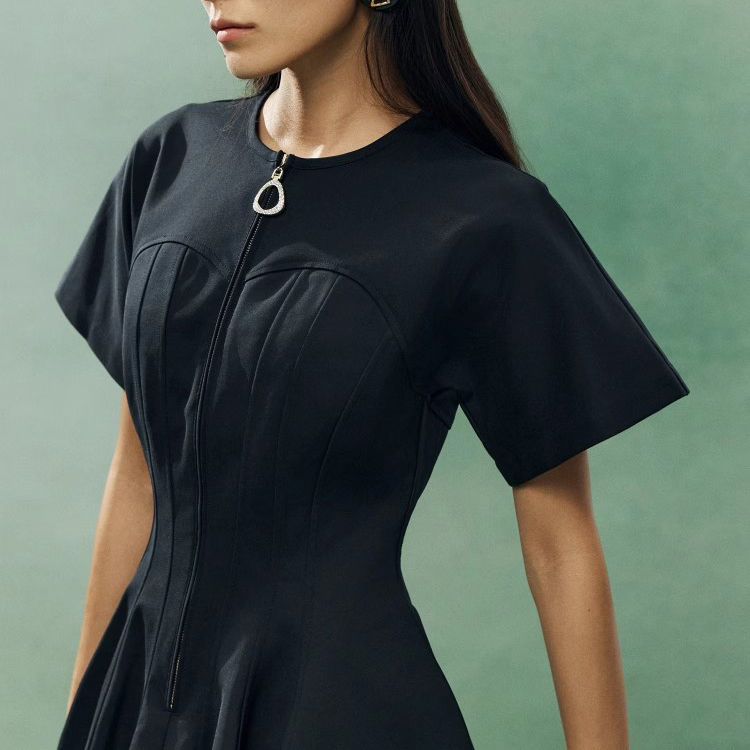In an era where consumer demands for quality, sustainability, and ethical practices are reshaping the fashion industry, the search for a high-quality garment factory has become a strategic imperative for brands worldwide. Recent industry reports and consumer surveys underscore the profound impact of manufacturing excellence on brand reputation, profitability, and long-term survival.
Key Takeaways:
● Quality-Driven Success: Brands like Patagonia and Stella McCartney thrive by aligning craftsmanship with sustainability.
● Risks of Compromise: Poor quality triggers reputational damage and financial losses, as seen in ZARA and H&M’s scandals.
● Technological Integration: AI, IoT, and recycled materials are transforming factories into hubs of efficiency and eco-innovation.
● Consumer Demand: 70% of global consumers now prioritize “few but refined (idiom); concise and precise” (quality over quantity), reshaping industry priorities .
This article is based on industry reports, consumer surveys, and expert insights from 2024–2025.
The Cost of Compromising Quality
Poor craftsmanship and substandard materials can trigger a domino effect of crises. In 2024, global fashion brands like ZARA and H&M faced severe backlash after regulatory agencies exposed widespread quality issues, including fiber content discrepancies and harmful chemical residues. These scandals not only eroded consumer trust but also led to significant financial losses, with H&M’s market value dropping by 12% in the aftermath of its quality-related controversies .
Similarly, Chinese brands such as Langsha and Tingmei were publicly shamed when 43 batches of their products failed safety and quality checks, highlighting the risks of partnering with factories that cut corners. Such incidents reinforce the reality that quality lapses are no longer tolerable in a market where transparency and accountability are non-negotiable.
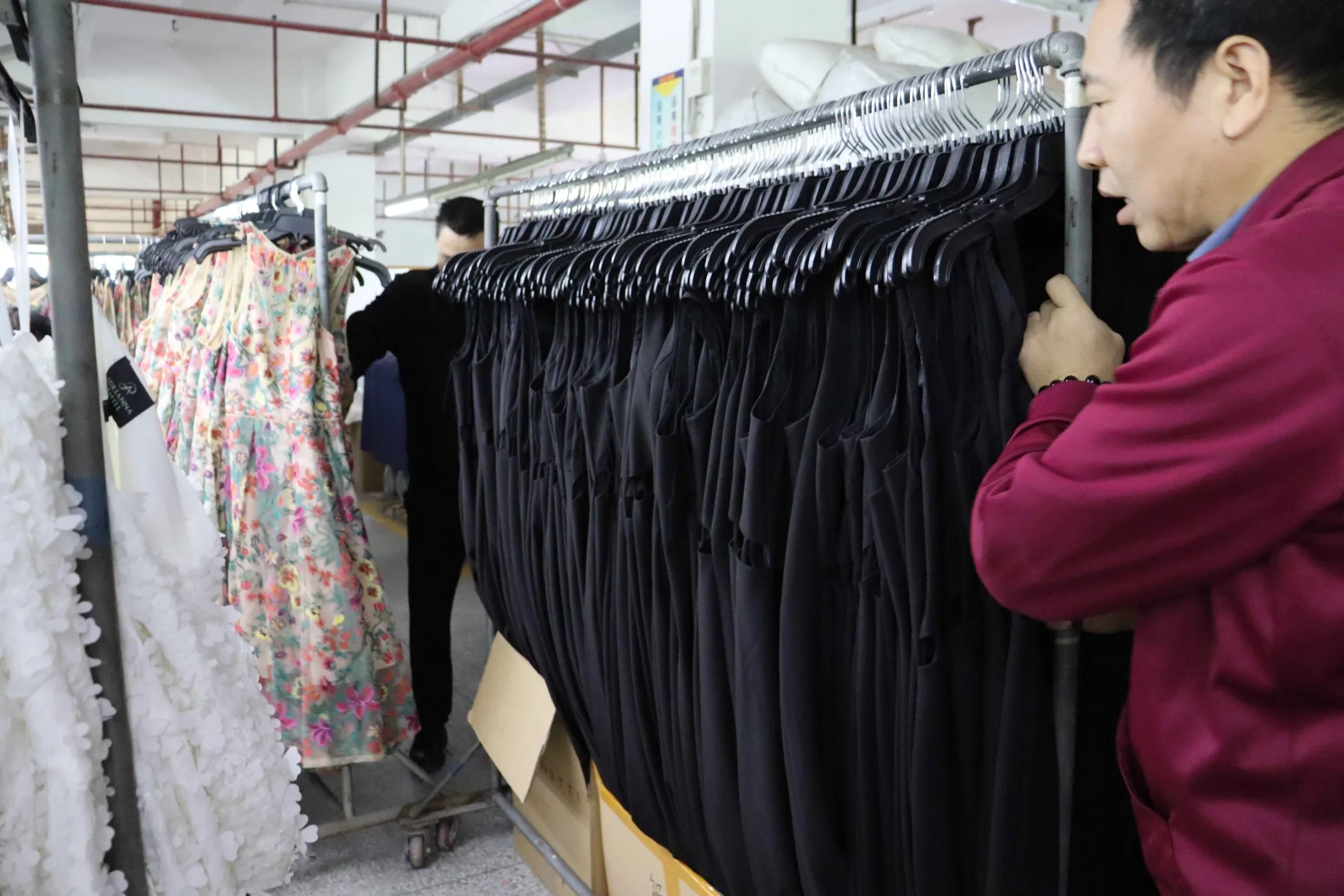
Quality as a Competitive Edge
Conversely, brands prioritizing quality have reaped substantial rewards. Patagonia, a pioneer in sustainable manufacturing, has built a cult following by investing in factories that use recycled materials and ethical labor practices. Its iconic Nano Puff jacket, crafted from 100% recycled polyester, exemplifies how superior craftsmanship aligns with environmental responsibility, driving a 25% annual growth in sales since 2023 .
Industry leaders emphasize that quality is not just about durability but also about meeting evolving consumer expectations. “Consumers today demand garments that perform, last, and reflect their values,” says Florence Rousson, CEO of Denim Première Vision. “Factories that integrate advanced technologies—such as AI-driven quality control and waterless dyeing—are the ones shaping the future of fashion” .
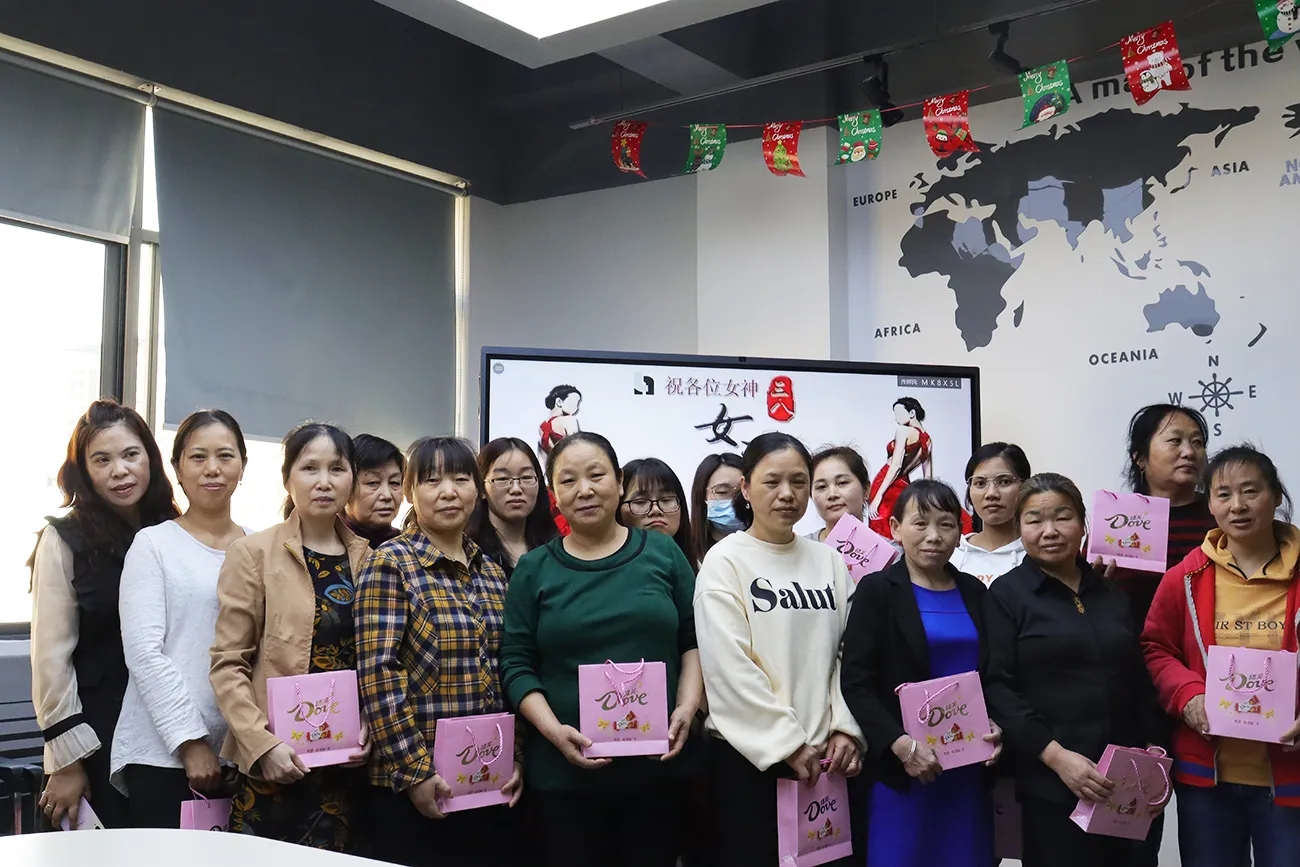
The Sustainability Imperative
The push for quality overlaps with the global shift toward sustainability. In 2025, brands like Stella McCartney are redefining luxury by collaborating with factories that produce lab-grown mycelium leather and recycled ocean plastics. These innovations reduce carbon footprints by up to 70% while delivering premium aesthetics, proving that quality and eco-consciousness can coexist.
Meanwhile, Chinese manufacturers like Youngor and BONO are setting benchmarks with their “five-in-one” smart factories, where 5G and AI optimize production lines to minimize waste and ensure consistency. Such initiatives have helped Youngor achieve a 30% reduction in defects and a 20% increase in customer retention rates.
Navigating the Global Supply Chain
The search for top-tier factories is increasingly complex due to geopolitical shifts and rising labor costs. While China remains a manufacturing powerhouse, brands are diversifying to countries like Vietnam and Bangladesh for cost efficiency. However, this move carries risks: Bangladesh’s garment industry, Despite being able to produce high quality products, its labor rights issues are frequent, highlighting the need to strike a balance between quality and ethics.
To mitigate risks, brands are adopting digitized supply chain solutions. Platforms like Xinwukeji’s SCM system enable real-time monitoring of production processes, ensuring compliance with quality and sustainability standards across borders.
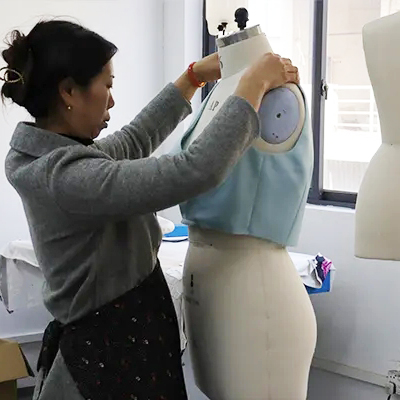

The Bottom Line
The search for top-tier factories is increasingly complex due to geopolitical shifts and rising labor costs. While China remains a manufacturing powerhouse, brands are diversifying to countries like Vietnam and Bangladesh for cost efficiency. However, this move carries risks: Bangladesh’s garment industry, Despite being able to produce high quality products, its labor rights issues are frequent, highlighting the need to strike a balance between quality and ethics .
To mitigate risks, brands are adopting digitized supply chain solutions. Platforms like Xinwukeji’s SCM system enable real-time monitoring of production processes, ensuring compliance with quality and sustainability standards across borders .
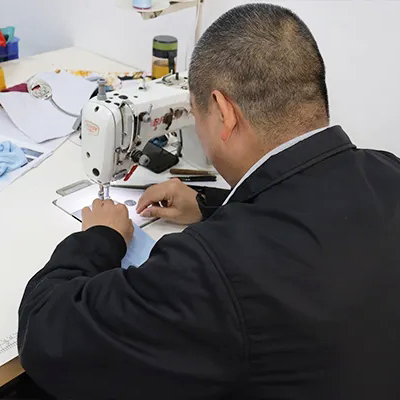
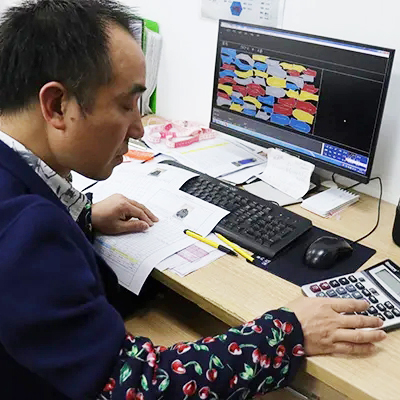
Post time: May-06-2025


